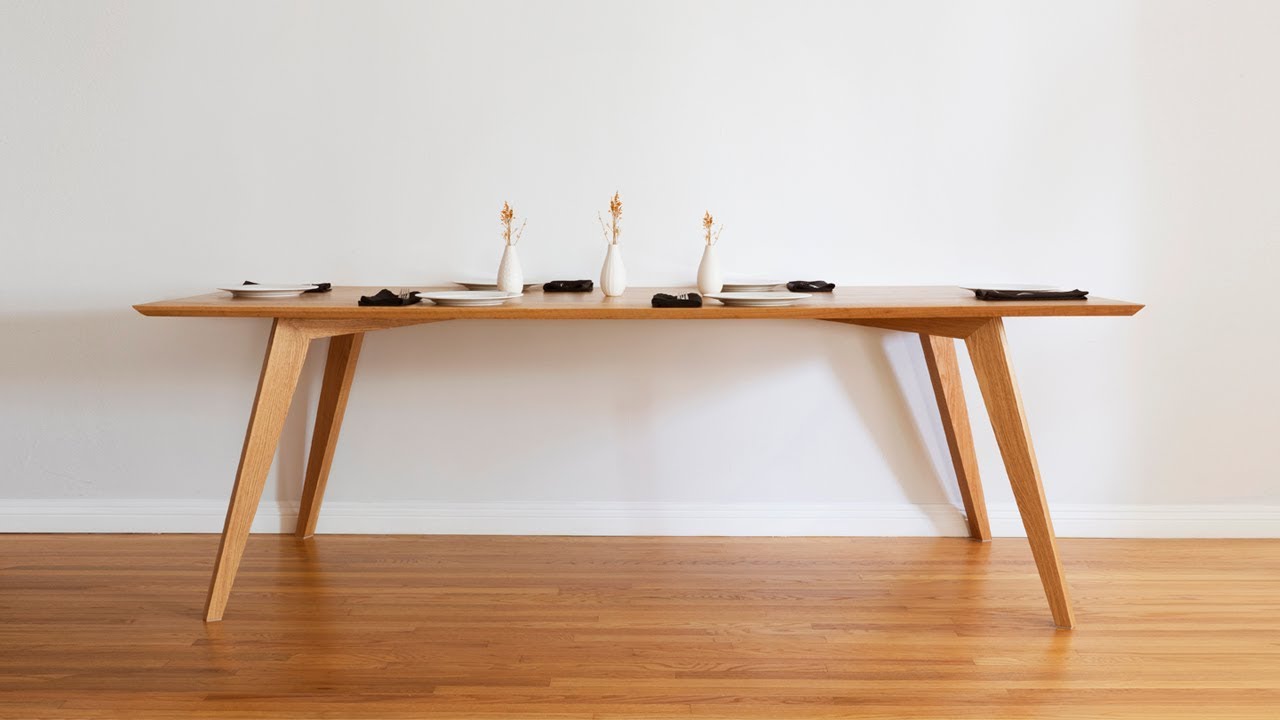

Tableware
How To Build A Modern Table
Modified: January 21, 2024
Learn how to build a modern table with our expert guide. Get tips on selecting the best tableware and creating a stylish centerpiece.
(Many of the links in this article redirect to a specific reviewed product. Your purchase of these products through affiliate links helps to generate commission for Storables.com, at no extra cost. Learn more)
Introduction
Welcome to the world of tableware! In this comprehensive guide, we will explore the art of building a modern table. Whether you’re a seasoned DIY enthusiast or just starting out, this article will provide you with the knowledge and skills necessary to create a stunning piece of furniture that will be the centerpiece of any room. From choosing the right materials to adding the finishing touches, we will cover every step of the process.
A well-crafted table can serve as more than just a functional piece of furniture. It can become a statement piece that reflects your personal style and adds character to your home. Building your own table gives you the opportunity to customize every detail, from the dimensions to the finish, ensuring that it perfectly suits your needs and preferences.
Throughout this guide, we’ll offer insights and tips on selecting the right materials, designing the table, gathering the necessary tools and equipment, preparing the wood, constructing the tabletop, building the legs, and adding the finishing touches.
Building a table may seem like a daunting task, but with the right guidance and a passion for craftsmanship, it can be an immensely rewarding experience. So, let’s dive in and discover the step-by-step process of creating a stunning modern table that will not only enhance your space but also showcase your woodworking skills.
Key Takeaways:
- Embrace the opportunity to unleash your creativity and showcase your woodworking skills by building a stunning modern table that reflects your personal style and craftsmanship.
- From choosing the right materials to adding the finishing touches, every step of building a modern table requires patience, precision, and a passion for woodworking. Enjoy the journey and create a unique piece of art that will be cherished for years to come.
Read more: How To Build A Modern Coffee Table
Choosing the Right Materials
When it comes to building a modern table, choosing the right materials is essential for both the aesthetic appeal and the durability of the finished piece. Here are some key factors to consider:
- Wood: Selecting the right type of wood is crucial for the overall look and feel of the table. Hardwoods like oak, walnut, and maple are popular choices due to their strength and natural beauty. Each wood species has its own unique characteristics, so consider the grain pattern, color variations, and hardness when making your selection.
- Finish: The finish of the table plays a significant role in its appearance and protection. Decide whether you prefer a natural finish that showcases the wood’s beauty or a painted finish for a more modern or contemporary look. In either case, use a high-quality finish that can withstand everyday use and add longevity to your table.
- Hardware: Pay attention to the type of hardware used for assembling the table. Opt for durable and reliable options such as stainless steel or solid brass. These materials not only provide structural integrity but also enhance the overall aesthetic of the table.
- Glass or Stone Inserts: For a unique touch, consider incorporating glass or stone inserts into your tabletop. This can add elegance and sophistication to your modern table while allowing you to showcase decorative items or create a visually interesting focal point.
- Budget: Consider your budget when selecting materials for your modern table. While high-quality materials may be more expensive, they often offer better durability and a more attractive finish. If you’re working within a limited budget, explore cost-effective alternatives or consider combining different materials to achieve an appealing and affordable design.
By carefully selecting the right materials for your modern table, you can ensure that it not only looks stunning but also stands the test of time. Take the time to research and explore different options based on your preferences and budget. Remember, the materials you choose will greatly impact the overall quality and longevity of your table, so choose wisely.
Designing the Table
Designing your modern table is an exciting process that allows you to unleash your creativity and bring your vision to life. Whether you prefer a sleek and minimalist design or a more intricate and ornate style, here are some steps to guide you through the design process:
- Measurements and Dimensions: Begin by determining the ideal size and dimensions for your table. Consider the available space in the room where it will be placed and factor in how many people you want to accommodate. A common dining table height is around 30 inches, while coffee tables are typically lower at around 18-20 inches.
- Tabletop Shape: Decide on the shape of your tabletop. Traditional options include rectangular, square, and round, but don’t be afraid to think outside the box and consider unique shapes like oval or hexagonal for a more modern look.
- Table Edges: Consider the style of the table edges. You can opt for straight, chamfered, beveled, or routed edges, depending on the overall aesthetic you’re going for.
- Leg Design: The design of the table legs greatly influences the overall style. Choose whether you want a simple and straight design for a modern look, or more elaborate and curved legs for a traditional or vintage-inspired table.
- Material Combinations: Explore different material combinations to add visual interest to your table design. For example, you could use a contrasting wood or metal for the legs, or incorporate a glass or stone insert into the tabletop.
- Consider Functionality: Think about how the table will be used in your space. If it’s intended for dining, ensure that it has enough legroom and comfortable seating arrangements. If it’s a coffee or side table, consider adding storage options or additional shelves.
- Sketch and Visualize: Create rough sketches or use design software to visualize your table design. This will help you refine your ideas and make any necessary adjustments before starting the construction process.
Designing your modern table allows you to bring your personal style and preferences into the final piece. Take your time to explore different designs, gather inspiration from various sources, and experiment with different materials and shapes. Remember that the beauty of building your own table is the ability to create a custom piece that perfectly reflects your taste and enhances your living space.
Gathering the Tools and Equipment
Before you embark on building your modern table, it’s important to ensure that you have all the necessary tools and equipment at your disposal. Having the right tools not only makes the construction process smoother but also ensures accurate and professional results. Here is a list of essential tools and equipment to gather:
- Measuring Tools: Start with a tape measure, ruler, and combination square to accurately measure and mark your materials.
- Cutting Tools: A circular saw or table saw will help you make precise cuts. A miter saw or miter box can be used for angled cuts, while a jigsaw is handy for more intricate cuts.
- Joinery Tools: Depending on your chosen joinery methods, gather tools such as a chisel set, a router, a dovetail saw, or a pocket hole jig.
- Drilling and Fastening Tools: A cordless drill and driver set, along with a variety of drill bits and screwdrivers, will enable you to drill holes and securely fasten your materials together.
- Sanding Tools: To achieve a smooth and polished finish, you’ll need sandpaper or a sanding block, as well as a random orbital sander for larger projects.
- Clamps: Clamps are crucial for holding your materials in place during assembly. Gather a variety of clamps, including bar clamps, pipe clamps, and spring clamps, to ensure stability and accuracy.
- Finishing Tools: Depending on your chosen finish, you may need brushes, rollers, or a sprayer for applying paint, stain, or varnish. Don’t forget to also include paint trays, drop cloths, and a painter’s tape.
- Safety Equipment: Always prioritize safety by wearing protective gear such as safety glasses, dust masks, and work gloves.
Additionally, make sure to have a sturdy workbench or table to serve as your construction area, as well as good lighting to facilitate accuracy and visibility during the building process.
It’s essential to have all the necessary tools and equipment before starting the construction of your modern table. Take inventory of what you already have and make a list of any missing items. This will help ensure that you have a smooth and efficient workflow, allowing you to focus on the craftsmanship and enjoy the process of building your table.
Preparing the Wood
Preparing the wood is a crucial step in building a modern table. Properly preparing the wood ensures that it is smooth, even, and ready for assembly. Here are some key steps to follow when preparing your wood:
- Purchasing and Acclimating the Wood: Start by selecting high-quality lumber that is suitable for your project. Ensure that the wood is properly dried and acclimated to your workspace to prevent warping or shrinking in the future.
- Inspecting and Cleaning the Wood: Thoroughly inspect the wood for any defects, such as knots, cracks, or splits. Discard any pieces that are severely damaged. Next, remove any dirt, dust, or debris from the surface using a brush or a vacuum cleaner.
- Squaring and Milling: Use a jointer and a thickness planer to square and mill the wood. This process ensures that the edges are straight and the thickness is consistent throughout. This step is essential for achieving tight and seamless joints during assembly.
- Smoothing the Surfaces: After milling, use a sander or sandpaper to smooth the surfaces of the wood. Start with a coarse-grit sandpaper and gradually progress to finer grits for a smooth and polished finish. Be sure to sand with the grain of the wood to avoid scratches.
- Fillers and Patching: If there are any small gaps, holes, or imperfections in the wood, use a wood filler or epoxy resin to fill them. Carefully follow the manufacturer’s instructions for applying and sanding the filler to achieve a seamless and even surface.
- Conditioning the Wood: Depending on the chosen finish, you may need to condition the wood to ensure that it absorbs stain or paint evenly. Pre-conditioning the wood with a wood conditioner or sanding sealer helps achieve a more consistent color and finish.
- Final Sanding: Once the wood is smooth and all imperfections are filled, give it a final sanding for a flawless surface. Use a very fine-grit sandpaper to remove any marks or blemishes that may still be present.
Properly preparing the wood is essential for achieving professional-looking results. Take your time during this step to ensure that each piece of wood is properly squared, smooth, and free from defects. Remember, the time and effort you invest in preparing the wood will directly impact the final appearance and quality of your modern table.
When building a modern table, consider using sleek, minimalistic designs with clean lines and neutral colors to achieve a contemporary look. Additionally, incorporating materials such as glass, metal, or concrete can add a modern touch to the table.
Read more: How To Modernize A Country-Style Table
Constructing the Tabletop
The tabletop is the focal point of your modern table, and constructing it with precision and attention to detail is crucial. Here is a step-by-step guide to help you construct a sturdy and visually appealing tabletop:
- Cut the Wood: Begin by cutting the boards to the desired length for the tabletop. Use a circular saw or table saw for straight cuts and a miter saw for angled cuts, if necessary. Make sure the boards align perfectly to create a seamless surface.
- Arrange the Boards: Lay out the boards on a flat surface, ensuring they fit together snugly without gaps. Arrange the grain pattern or color variations of the wood to create a visually pleasing design. Use clamps to hold the boards in place during the assembly process.
- Join the Boards: Depending on your chosen joinery method, you can use techniques such as tongue and groove, pocket hole screws, dowels, or biscuits to join the boards together. Follow the manufacturer’s instructions or consult woodworking resources for guidance on the specific joinery technique you prefer.
- Glue and Clamp: Apply a thin layer of wood glue along the edges of the boards before joining them together. Use clamps to firmly hold the boards in place while the glue dries. Wipe off any excess glue that may squeeze out for a clean finish.
- Create Sturdy Support: To ensure the tabletop remains sturdy, add support underneath. Install wooden cleats or metal brackets along the inner edges of the tabletop. This will provide additional stability and prevent any warping or sagging over time.
- Sand and Smooth: Once the tabletop is fully assembled and the glue has dried, sand the surface to achieve a smooth and even finish. Start with a coarse-grit sandpaper and gradually progress to finer grits for a polished result. Ensure that all edges and corners are smooth and free from any sharp edges.
- Final Finishing: Apply your chosen finish to protect and enhance the appearance of the tabletop. Whether it’s staining, varnishing, or painting, follow the manufacturer’s instructions for proper application and drying times. Apply multiple coats as necessary to achieve the desired look and durability.
Constructing the tabletop requires precision and careful attention to detail to create a solid and visually appealing surface. Take your time during this process to ensure precise cuts, tight joinery, and a smooth finish. Remember, a well-constructed tabletop forms the foundation for your modern table’s overall look and functionality.
Building the Table Legs
The table legs play a vital role in providing both structural support and visual aesthetics to your modern table. Building sturdy and stylish table legs requires careful planning and execution. Follow these steps to construct the table legs:
- Choose the Leg Material: Select the material for your table legs. It can range from solid wood to metal or a combination of different materials. Consider the overall design and style of your table when deciding on the leg material.
- Measure and Cut: Determine the desired height for your table and measure and mark the length for each leg. Use a saw appropriate for the chosen leg material, such as a miter saw or a hacksaw, to make accurate and clean cuts.
- Shape and Design: Decide on the specific shape and design of your table legs. You can opt for traditional straight legs, tapered legs, flared legs, or even more unique and creative designs depending on your personal style and the overall look of your table.
- Cut and Shape the Legs: Use a bandsaw, jigsaw, or other appropriate tools to cut and shape the legs according to your chosen design. Take your time during this step to achieve clean and precise cuts, ensuring that all legs are consistent in size and shape.
- Smooth the Legs: Once the legs are cut to the desired shape, sand them to create a smooth and even finish. Start with a coarse-grit sandpaper and progress to finer grits for a polished look. Pay attention to smoothing out all edges and curves for a comfortable and visually pleasing result.
- Optional Enhancements: Depending on your design preferences, you can add additional details or embellishments to the legs. This might include decorative trim, carving, or routing to create unique accents and enhance the overall aesthetic of your modern table.
- Apply Finish: Apply a finish to the legs to protect and enhance their appearance. This can be stain, paint, or a clear coat. Follow the manufacturer’s instructions for proper application and drying times, and apply multiple coats if necessary for a durable and attractive finish.
Building the table legs requires careful planning, measurement, and attention to detail. Paying attention to both the structural integrity and visual design of the legs will ensure that your modern table stands the test of time while adding a touch of style to your space.
Attaching the Legs to the Tabletop
Attaching the legs to the tabletop is a crucial step in the construction of your modern table. This ensures stability and durability while creating a cohesive and functional piece of furniture. Here’s a step-by-step guide to help you attach the legs to the tabletop:
- Positioning the Legs: Place the tabletop upside down on a flat surface and position the legs at each corner of the underside. Ensure they are aligned properly and evenly spaced for a balanced look.
- Marking the Leg Placement: Use a pencil or a marking tool to mark the exact placement of each leg on the tabletop. This will serve as a guide when attaching the legs and prevent any mistakes or misalignment during the process.
- Securing the Legs: Based on the chosen leg attachment method, either use screws, bolts, or bracket fasteners to secure the legs to the tabletop. Pre-drill pilot holes to prevent wood splitting and ensure a secure and tight fit.
- Adding Reinforcement: For added strength and stability, consider adding reinforcement brackets or corner blocks to secure the connection between the legs and tabletop. This will provide additional support and prevent wobbling or sagging over time.
- Tightening and Leveling: Carefully tighten the screws or bolts to securely attach the legs to the tabletop, but be cautious not to overtighten and risk damaging the wood. Use a level to ensure that the tabletop is level and adjust the legs if necessary.
- Final Inspection: Once the legs are attached, inspect the table for any wobbling or instability. Make any necessary adjustments or tighten the fasteners as needed to ensure a sturdy and level table.
Attaching the legs to the tabletop requires precision and attention to detail to create a stable and visually appealing modern table. Take your time during this step to ensure proper alignment, secure attachment, and overall stability. Lastly, give the table a final shake and check for any instability before moving on to the finishing touches.
Finishing Touches
The finishing touches add the final layer of polish and detail to your modern table, enhancing its overall appearance and ensuring its longevity. Here are some important steps to consider when adding the finishing touches:
- Sanding and Smoothing: Before applying any finish, give the entire table a final sanding to achieve a smooth and polished surface. Pay attention to corners, edges, and any intricate details to ensure a flawless finish.
- Applying Stain: If you prefer a stained finish, carefully apply the stain using a brush or cloth, following the manufacturer’s instructions. Wipe off any excess stain and allow it to dry completely before moving on to the next step.
- Applying Varnish or Sealant: To protect the wood and add a final layer of sheen, apply a clear varnish or sealant. Use a brush or roller to evenly coat the entire surface, following the recommended drying time between coats. Apply multiple coats for added durability.
- Painting: For a more contemporary or unique look, you may choose to paint your table. Select a high-quality paint suitable for wood surfaces and apply it evenly with a brush or roller. Allow each coat to dry completely before applying additional layers.
- Protective Pads or Feet: Attach protective pads or feet to the bottom of the table legs to prevent scratching or damaging your floors. This is particularly important if you have hardwood or delicate flooring.
- Hardware and Accessories: Consider adding hardware, such as decorative drawer pulls or metal accents, to enhance the style and functionality of your table. These small details can make a big difference in the overall design.
- Clean and Inspect: Once the finishing touches are complete, give the table a thorough cleaning to remove any dust or debris. Inspect the entire piece for any imperfections or areas that may need touch-ups before placing it in its final location.
Adding the finishing touches not only protects and enhances the appearance of your modern table but also adds a personal touch to the final product. Take your time during this step, ensuring that each layer of finish is applied carefully and evenly. Putting in the effort to complete these final steps will result in a beautiful modern table that is ready to be showcased in your space.
Conclusion
Congratulations! You’ve reached the end of our guide on building a modern table. By following the steps outlined in this article, you’ve gained the knowledge and skills to create a stunning piece of furniture that reflects your personal style and craftsmanship. Building your own table allows you to customize every aspect, from the choice of materials to the design details, resulting in a unique and functional piece that will be the pride and centerpiece of any room.
From choosing the right materials and designing the table to gathering the necessary tools and equipment, preparing the wood, constructing the tabletop, building the legs, attaching them to the tabletop, and adding the finishing touches, every step has been carefully covered. By paying attention to detail and taking your time throughout the process, you can ensure that your modern table is not only visually appealing but also sturdy and long-lasting.
Remember, building a table is both an art and a craft. It requires patience, precision, and a passion for woodworking. Enjoy the journey and embrace the opportunity to unleash your creativity. Don’t be afraid to experiment with different designs, materials, and finishes to create a truly unique piece that reflects your personal taste and style. As you set your table, consider how each element contributes to the overall aesthetic and functionality.
Building your own table is a fulfilling and rewarding experience that allows you to showcase your skills while creating a functional piece of furniture. Whether it’s a dining table, coffee table, or side table, the end result will be a testament to your craftsmanship and attention to detail.
So, gather your tools, select your materials, and let your creativity guide you as you embark on this woodworking adventure. Building a modern table is not just about constructing furniture—it’s about creating a piece of art that will be cherished for years to come.
Frequently Asked Questions about How To Build A Modern Table
Was this page helpful?
At Storables.com, we guarantee accurate and reliable information. Our content, validated by Expert Board Contributors, is crafted following stringent Editorial Policies. We're committed to providing you with well-researched, expert-backed insights for all your informational needs.
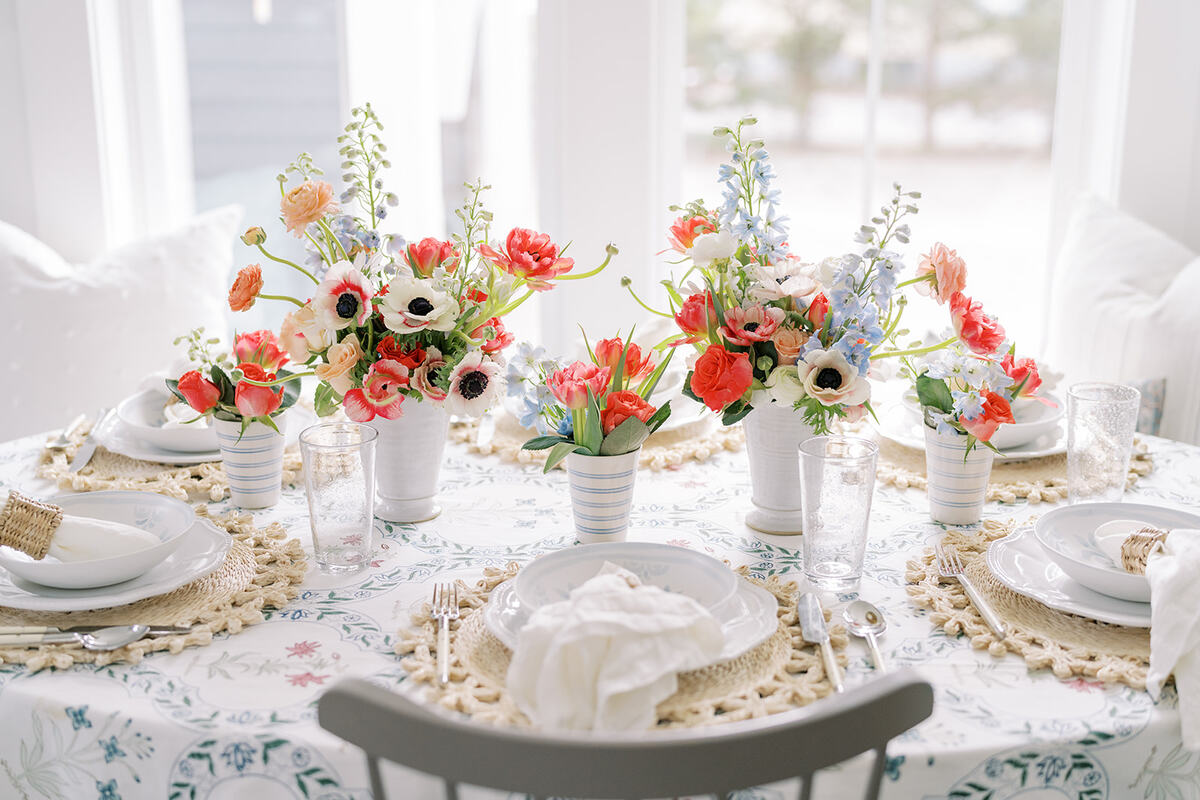
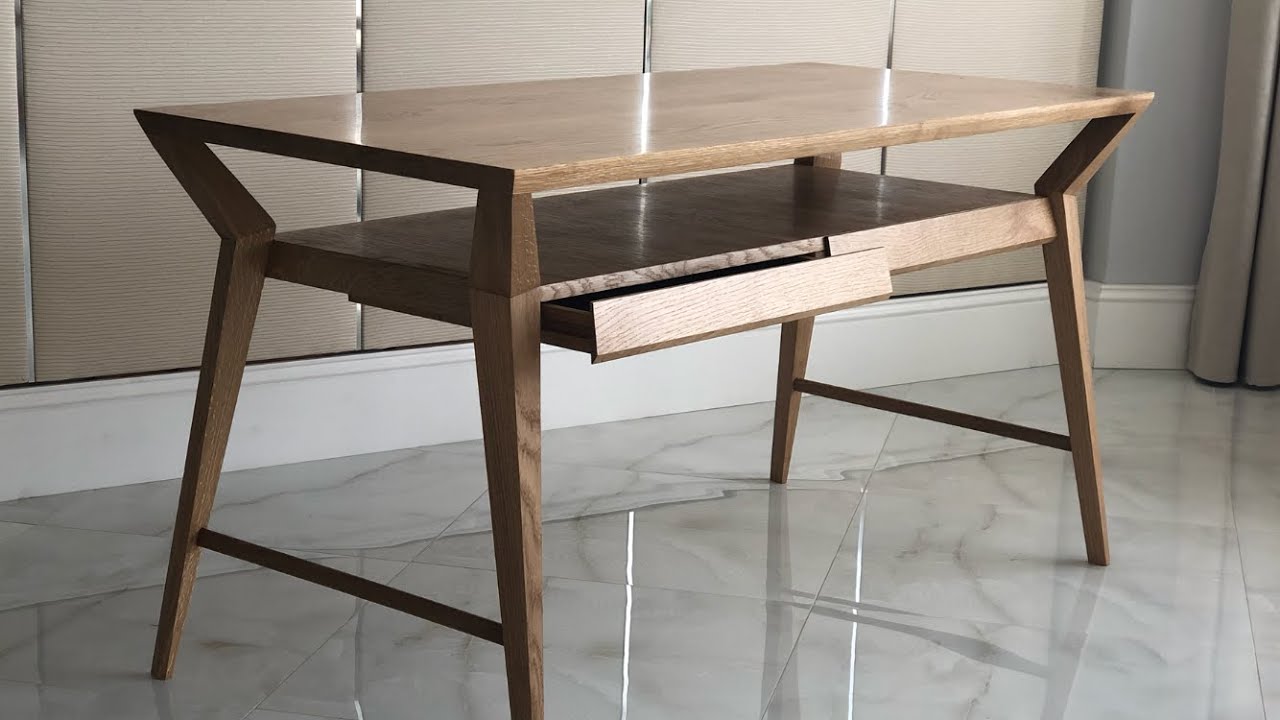
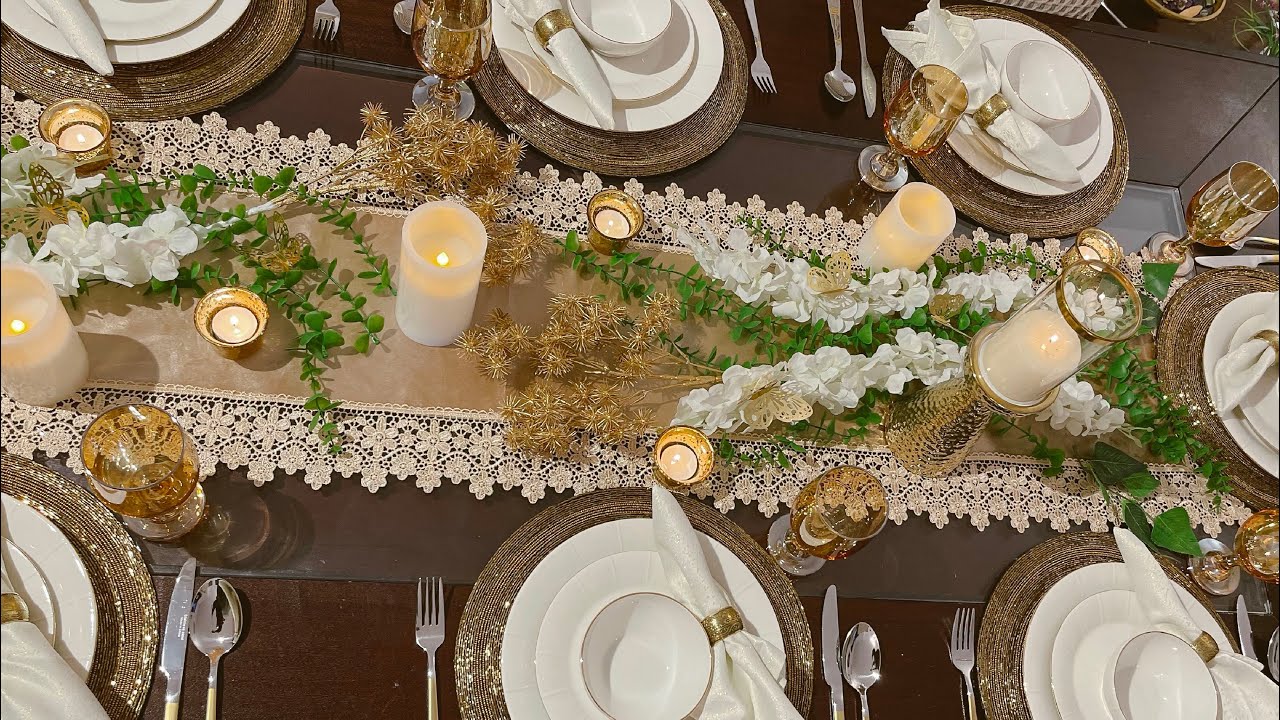
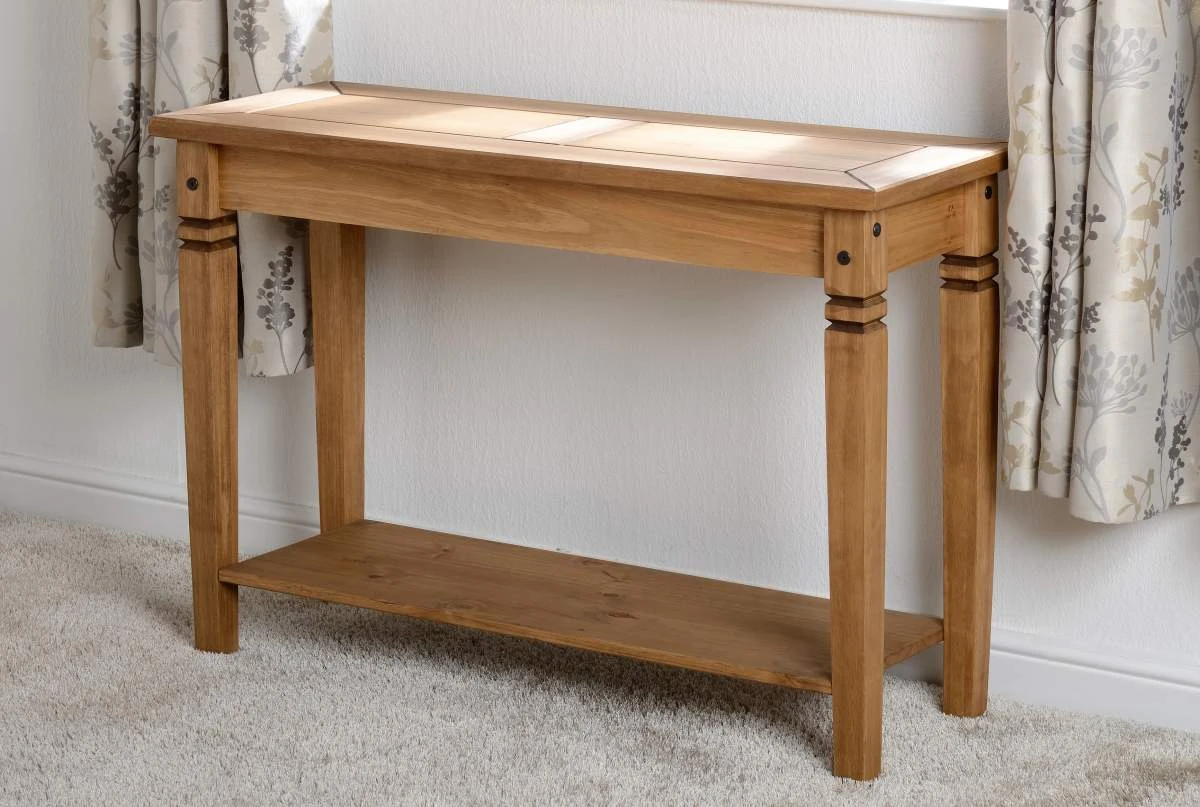
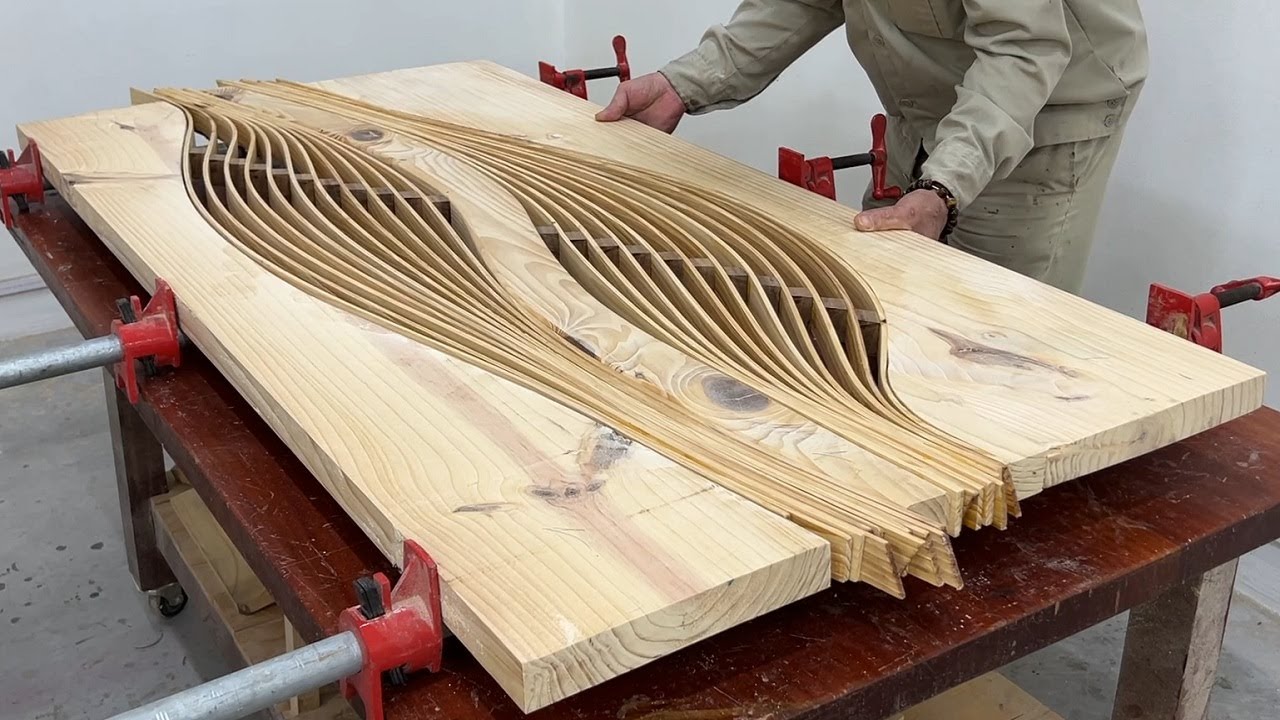
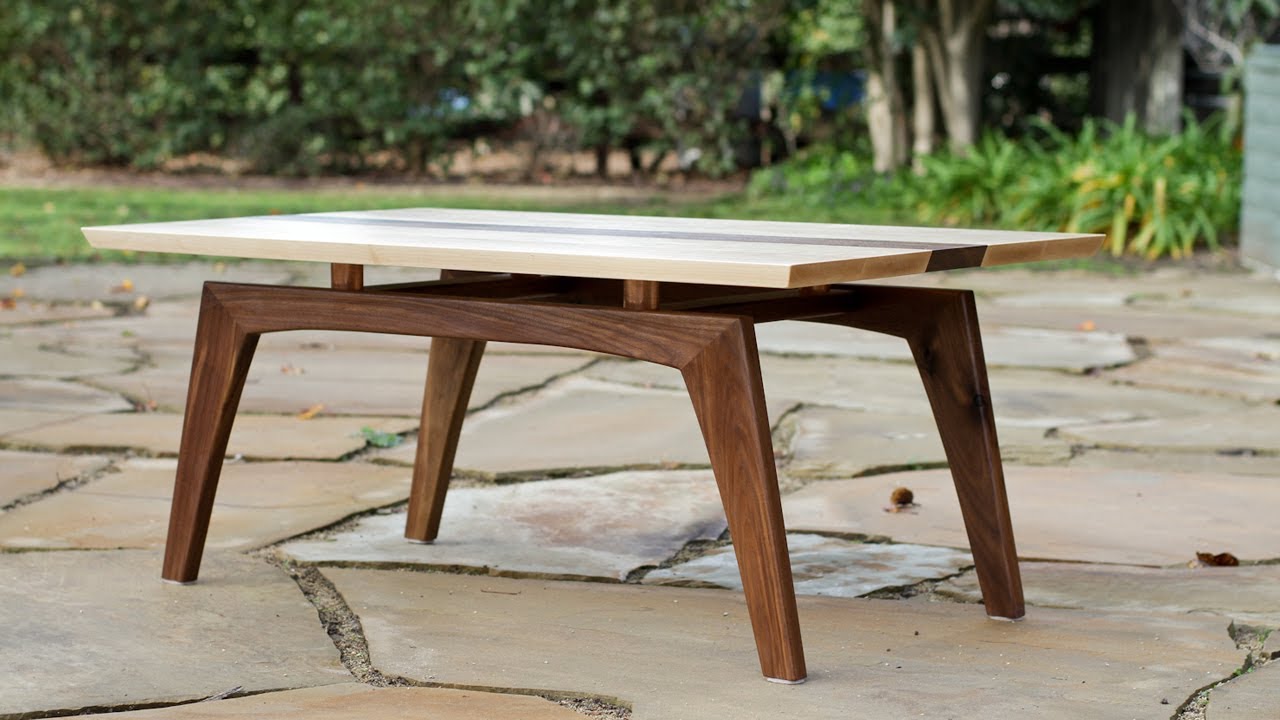
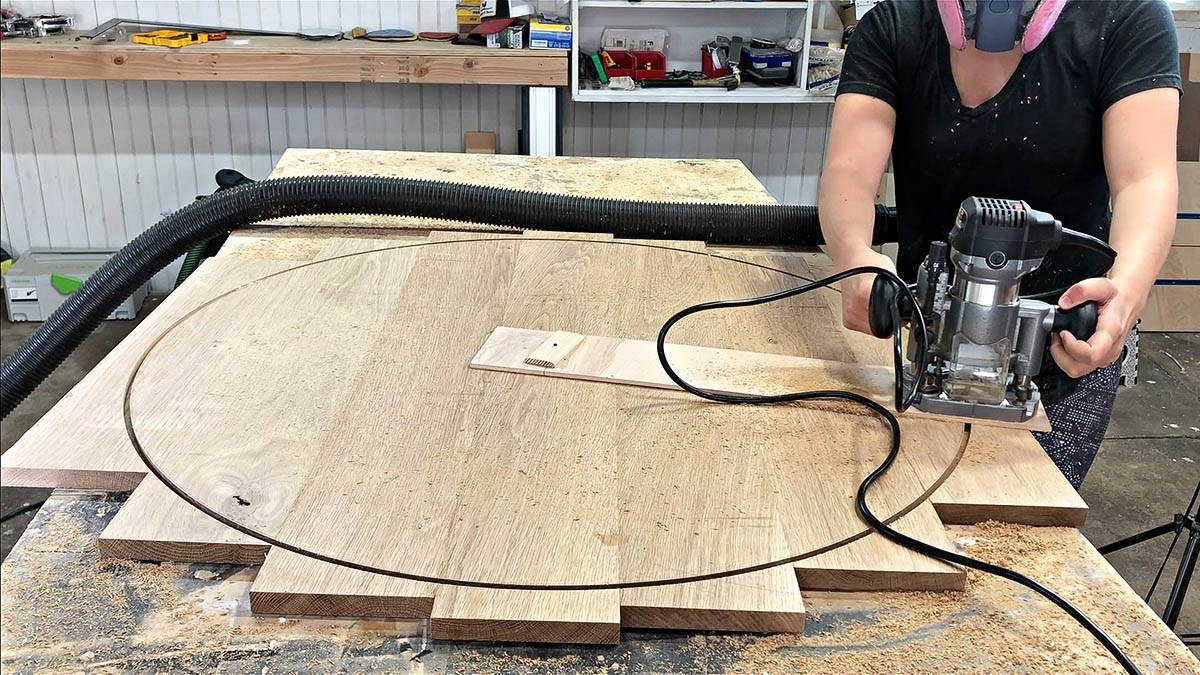
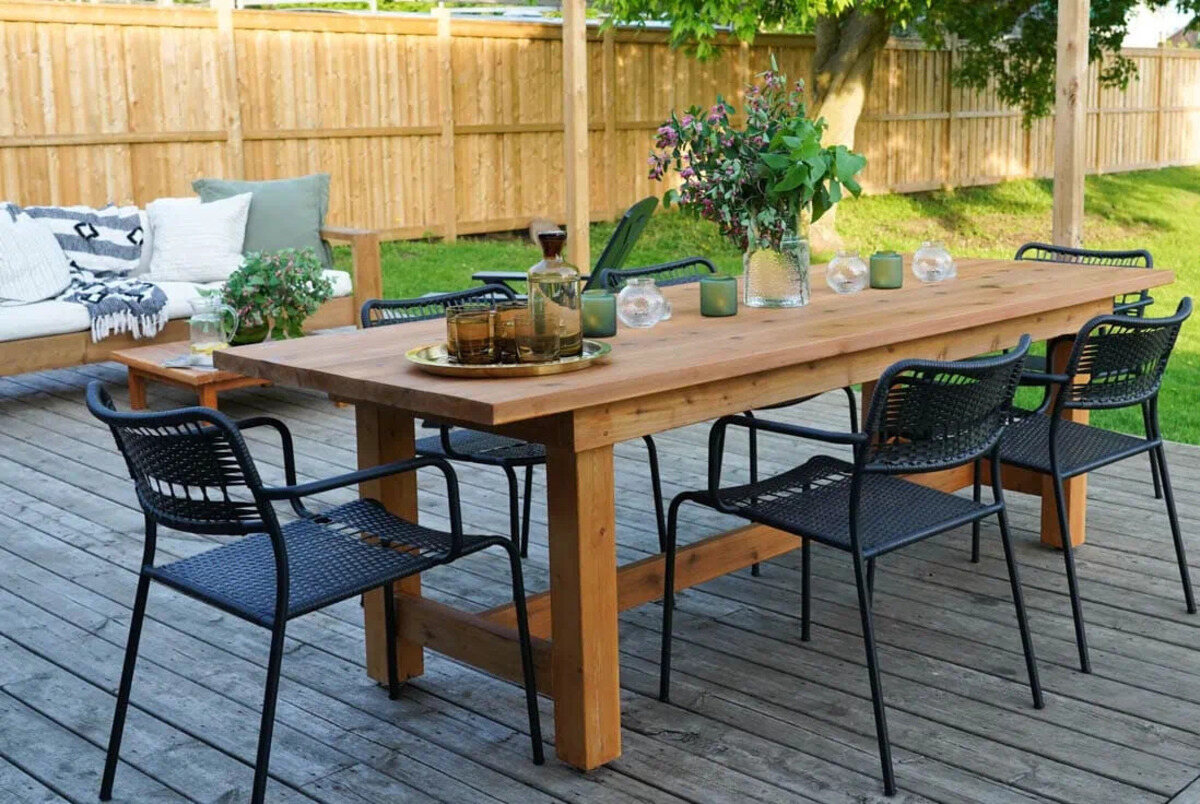

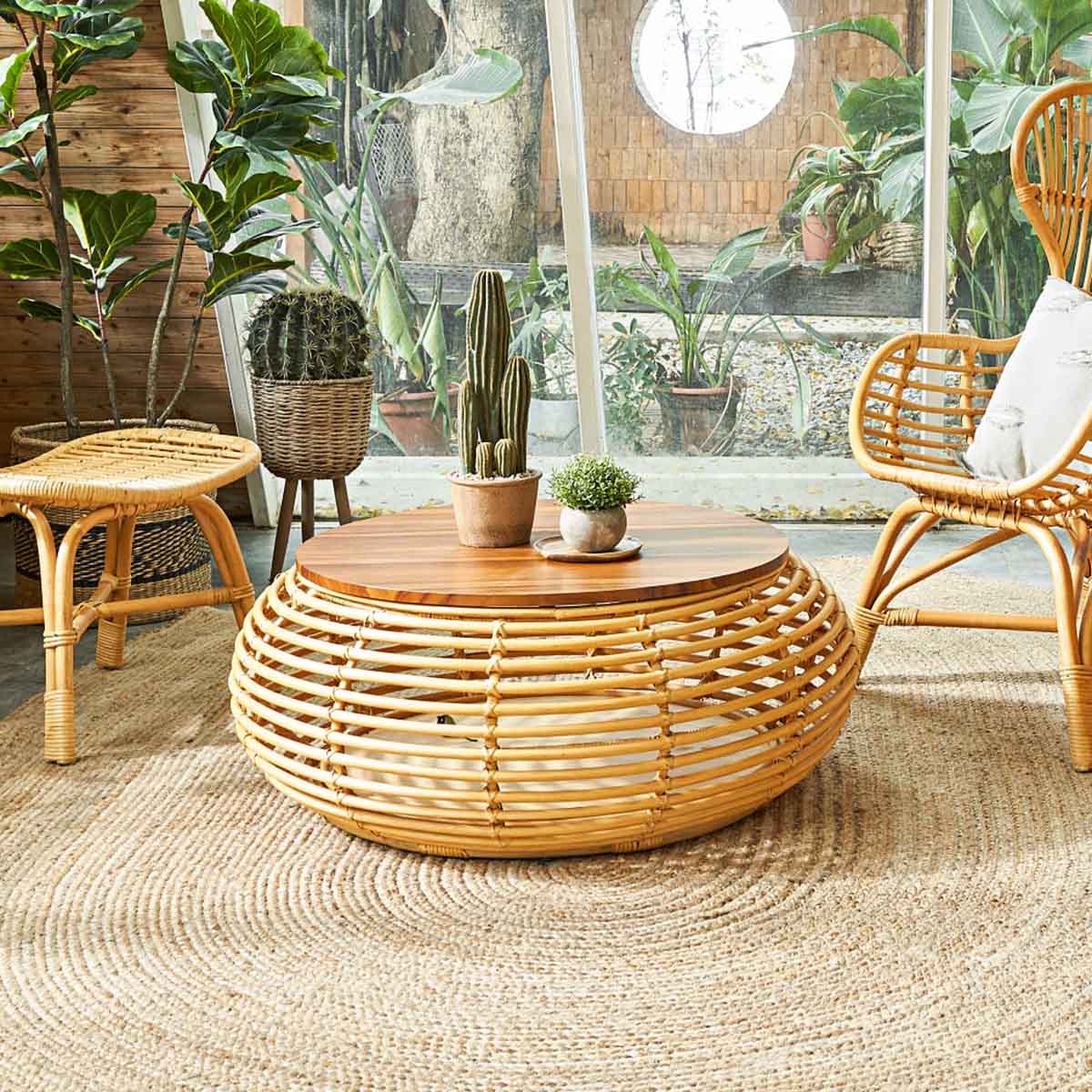
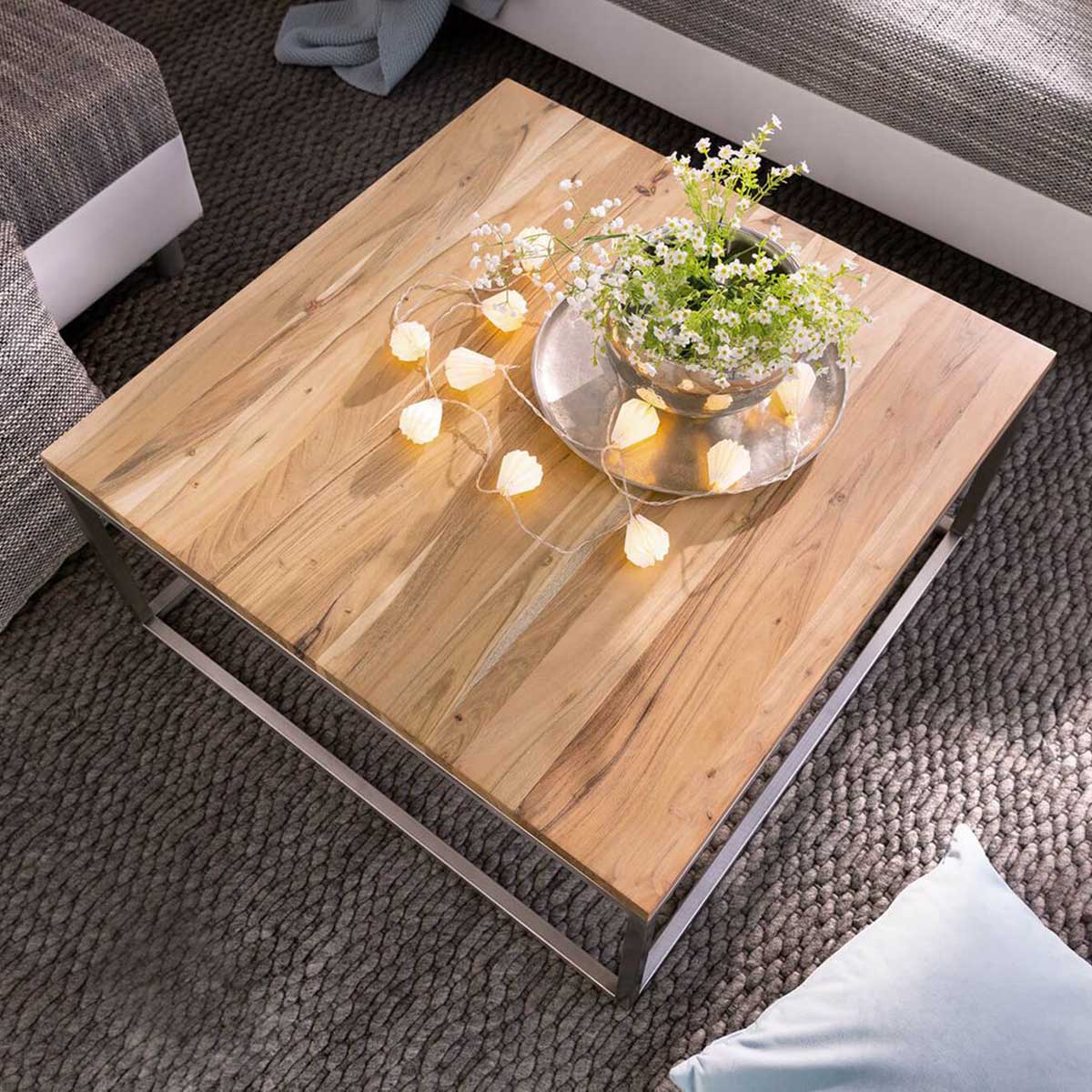
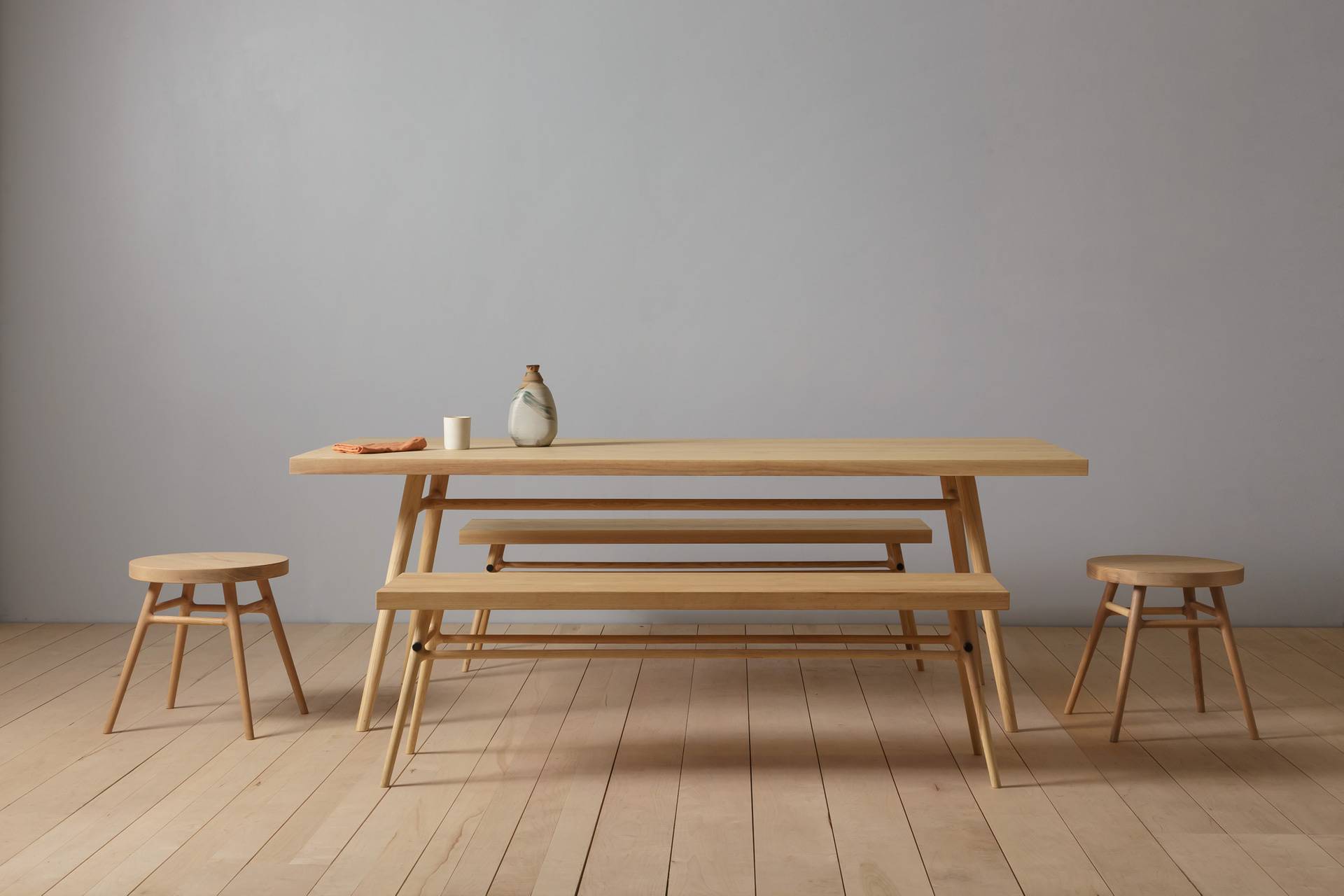
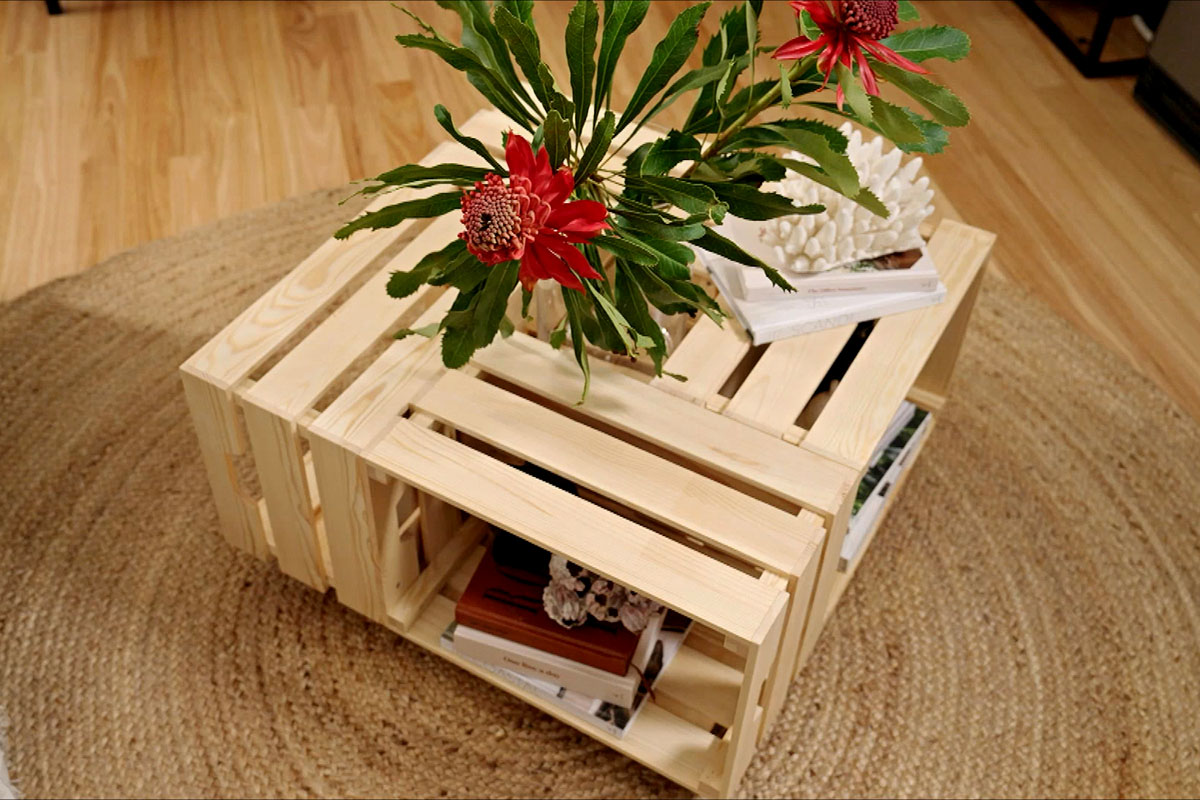

0 thoughts on “How To Build A Modern Table”